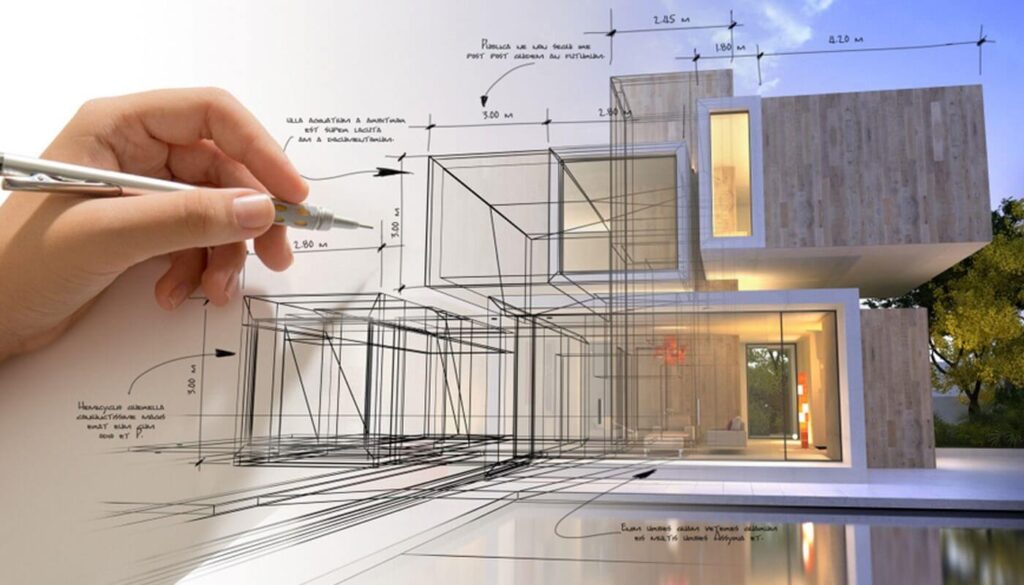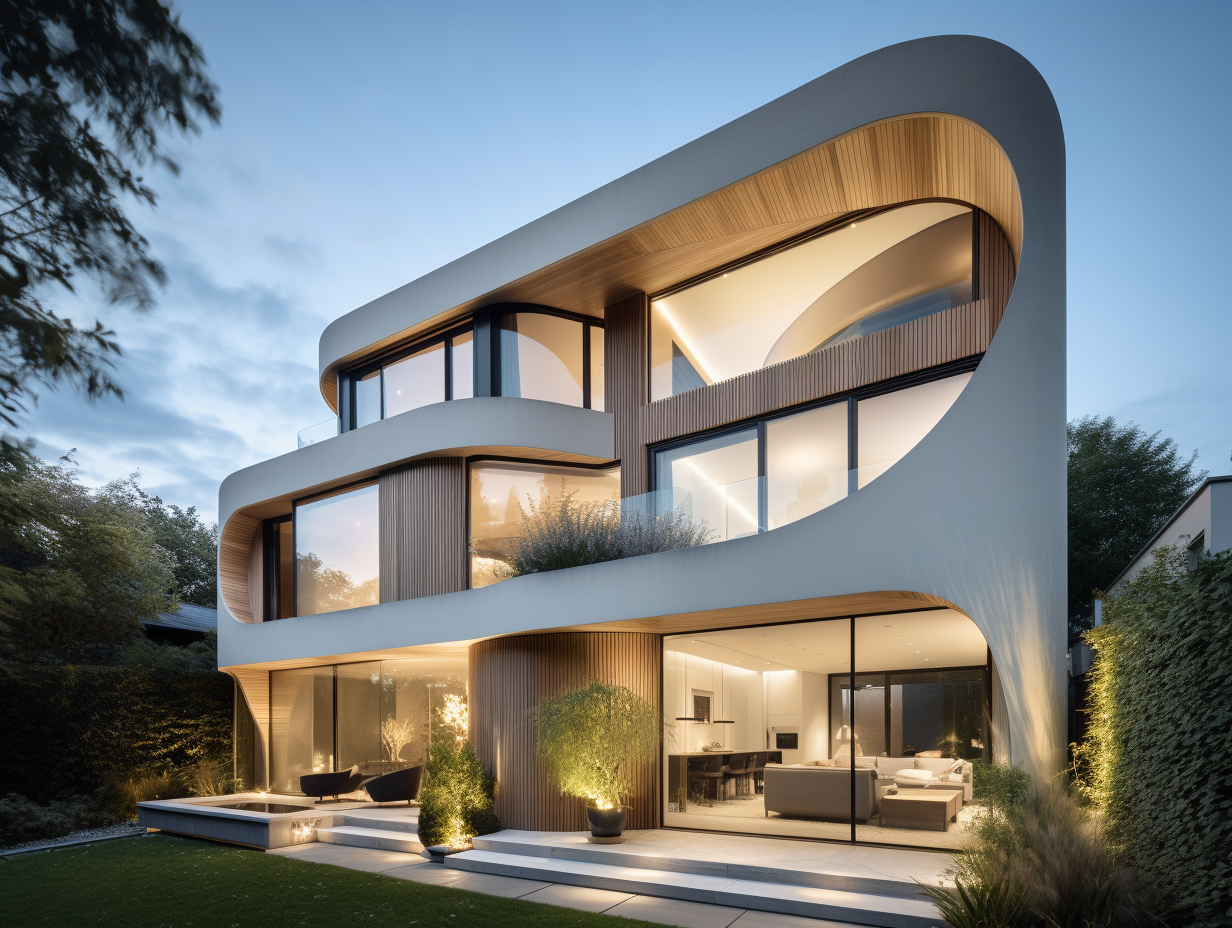How CDA Architects Supply Cutting-Edge Solutions for Lasting Style
How CDA Architects Supply Cutting-Edge Solutions for Lasting Style
Blog Article
The Effect of Technical Innovations on the Style Practices of Contemporary Architects
The rapid development of technical devices has considerably reshaped the style landscape for modern designers, fostering unmatched degrees of innovation and sustainability. The integration of Building Details Modeling (BIM), parametric design, and synthetic knowledge has not only structured cooperation amongst varied groups but likewise redefined job implementation. As designers accept these developments, they are faced with complex obstacles that can impact their imaginative processes. Discovering these characteristics reveals a nuanced interaction in between innovation and standard design techniques, triggering a better exam of what the future holds for architectural practices.
Advancement of Architectural Equipment
Exactly how have building devices changed the style and construction procedures over the centuries? The development of building devices has actually significantly influenced the effectiveness, accuracy, and creativity of style and construction.
With the advent of the Renaissance, the introduction of the compass and the protractor marked an essential shift. These tools made it possible for engineers to accomplish greater accuracy in their designs, facilitating the appearance of more detailed and in proportion structures. The Industrial Revolution even more changed building method with the intro of mechanized devices and products, enabling larger and extra ambitious projects.
In the 20th century, the growth of computer-aided style (CAD) software changed the landscape once more, giving architects with unprecedented capacities in modeling and visualization. Today, progressed tools such as Structure Information Modeling (BIM) and parametric style software program remain to push the limits of building technology, enabling a much more integrated approach to layout and building procedures.
Enhanced Partnership in Style
As innovation continues to develop, boosted collaboration in layout has actually come to be a foundation of contemporary building technique. The integration of digital devices such as Building Information Modeling (BIM), cloud-based platforms, and progressed visualization software program has transformed the way designers, engineers, and stakeholders interact throughout the style process. These devices assist in real-time interaction, permitting groups to share ideas, adjustments, and comments promptly, regardless of geographical place.

In addition, interdisciplinary cooperation has actually been streamlined with these technical advancements, enabling engineers to function extra very closely with various other experts, such as city coordinators and environmental experts. The outcome is an extra natural method to make that considers numerous point of views and expertise. Eventually, boosted collaboration in style is not simply a trend; it is necessary for producing ingenious, functional, and her explanation visually pleasing architecture in an increasingly complicated world.
Sustainability Through Technology
Sustainability in architecture has actually progressively ended up being intertwined with technological development, driving the market towards eco responsible techniques - cda architects. Contemporary designers are leveraging innovative technologies to decrease environmental effect while enhancing the performance of structures. One noticeable instance is the usage of Building Information Modeling (BIM), which enables accurate planning and source allotment, decreasing waste during building and promoting energy effectiveness throughout a structure's lifecycle
Moreover, smart products and energy-efficient systems are being incorporated into styles to maximize resource use. Technologies such as photovoltaic cells and eco-friendly roof systems harness renewable energy resources, contributing to minimized carbon impacts. In addition, the application of synthetic knowledge in design procedures enables engineers to imitate and analyze power consumption, directing choices toward more sustainable end results.
The integration of lasting innovations not only straightens with global environmental goals but additionally fulfills an increasing demand from customers for environment-friendly remedies. As designers accept these technologies, the emphasis you could try these out changes towards producing areas that are not just visually pleasing however additionally functionally lasting, thereby redefining the standards of contemporary design. This way, innovation acts as a catalyst for sustainability, making it possible for engineers to develop buildings that respect and improve the natural surroundings.
Challenges in Implementation
While technological developments in style hold great promise for enhancing sustainability, their execution typically experiences substantial obstacles - cda architects. One primary challenge is the steep understanding contour related to new innovations. Architects and building and construction experts may call for extensive training to effectively utilize sophisticated software program and devices, which can delay task timelines and enhance expenses
Furthermore, the integration of arising modern technologies, such as Structure Details Modeling (BIM) and sustainable products, frequently demands partnership across multidisciplinary groups. This partnership can be prevented by differences in proficiency, workflows, and interaction styles, leading to possible conflicts and inefficiencies.
Financial restrictions better complicate the fostering of ingenious modern technologies. Numerous architectural firms, particularly smaller ones, may do not have the sources to buy advanced devices, limiting their capacity to take on larger firms that can manage such financial investments.
In addition, regulatory frameworks and building regulations might not keep pace with technological improvements, developing ambiguity and potential conformity concerns. This obstacle can inhibit designers from totally accepting brand-new modern technologies, as the danger of non-compliance might surpass the advantages. Dealing with these execution challenges is critical for the effective assimilation of technical developments in contemporary architectural techniques.
Future Trends in Architecture
The difficulties connected with the execution of brand-new innovations in style have motivated a reevaluation of future fads within the find out here industry. As designers browse problems such as sustainability, urbanization, and social equity, they are significantly embracing ingenious technologies to boost style effectiveness and ecological performance.
One popular fad is the assimilation of synthetic knowledge (AI) in the layout process. AI tools can analyze vast datasets to educate style choices, enhancing both imagination and capability. In A Similar Way, Building Details Modeling (BIM) continues to evolve, allowing real-time cooperation amongst stakeholders and assisting in streamlined task administration.
Lasting style techniques are additionally getting energy, with engineers focusing on adaptive reuse and regenerative design principles that reduce resource consumption and waste. The unification of smart products and renewable power resources will certainly further improve the durability of structures despite climate adjustment.

Verdict
Technical developments have actually dramatically improved building layout techniques, promoting enhanced precision, collaboration, and sustainability. The combination of devices such as Structure Details Modeling and parametric layout software, together with man-made knowledge and wise products, empowers engineers to attend to complicated difficulties much more effectively.
Report this page